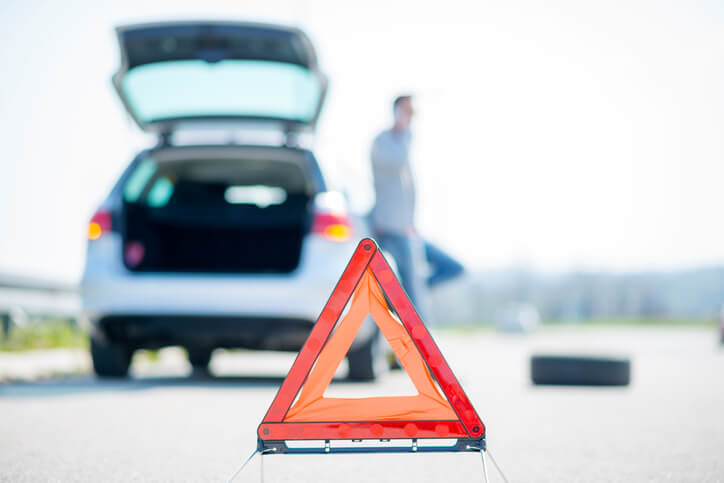Signs your fleet might be liable under the HSWA

Fleet risk can arise at any time. And, while you can sometimes handle it with few complications, some fleet vulnerabilities can quickly lead to legal issues.
As a PCBU (person conducting a business or undertaking) under the Health and Safety Work Act, you’re responsible for a number of situations that can leave your fleet liable, all of which threaten health and safety (H&S) compliance and can lead to major costs. For example, failure to keep workers from using dangerously defective vehicles could lead to a maximum fine of $300,000.
By keeping tabs on a few specific areas of risk, you run a much better chance of keeping your fleet practices compliant. Proactive, targeted audits can help you quickly patch up otherwise-hidden holes in your H&S procedures.
Learn all you need to know about Driver Training here.
Want to learn more about managing your fleets health and safety risk? Download our latest guide.
In this blog, we’ll share 3 common areas of liability for a mobile workforce.
Vehicle defects
A defective vehicle is an urgent source of liability. Poor vehicle condition endangers fleet drivers and others that they share the road with.
The most efficient approach to vehicle care is one that’s holistic, yet targeted. You should never simply depend on the required warrant of fitness (WoF) or certificate of fitness (CoF), as these cover basic functionality and can miss many critical signs of accident risk. Instead, periodically check each vehicle, and act accordingly.
Liability sprouts from any number of fast-rising defects, ranging from engine trouble and cracked windscreens, to broken tail lights and even inadequately-pressurised tyres. So, the best way forward is two-pronged: ensure driver cooperation and make regular checks.
Drivers, being daily end users with their own legal responsibilities under the HSWA, should consistently monitor vehicle condition, quickly communicate defects to management, and personally take vehicles for service when appropriate.
Also, by making regular checks with a closer watch than WoF and CoF standards call for, you’ll get far ahead of trouble on the road and reduce liability in the process.
Old processes or organisational policies
Outdated company policies and procedures are another big potential source of exposure.
It’s necessary to modernise your fleet operations while keeping your corporate policy up-to-date. Failing to do so can result in non-compliance with evolving laws, driver negligence, and slow, cumbersome procedures rife with human error, all of which can mean legal headaches.
To start, you should use modern systems for fleet management. This makes for easier exchanges between drivers and fleet managers, and faster, more accurate relays of on-field details. For instance, drivers might take pictures of vehicle defects to share with management via a mobile app.
This type of mobile data-reporting setup is more efficient than paperwork, ensuring that important information is never lost and that potential liabilities are quickly cured.
Also, regularly review your fleet policy to keep up with HSWA changes and trends in your fleet data. These could be repeated high-risk situations arising with a certain driver, vehicle, or route. Once you clearly communicate policy updates with your staff, everyone will know their role in minimising legal risks.
Unsafe Driver behaviour
What your drivers do behind the wheel can be an indicator that action is needed.
That’s why a driver training programme is so important. As a PCBU, putting driver training in place is paramount to correcting unsafe driving habits.
Training can also increase defensive driving skills and reinforce your company vehicle-handling policy for situations such as ‘road rage’, bad weather, or gridlock, leading to higher driver confidence and fewer accidents.
Bear in mind that policies governing driver routes can also affect driver behaviour. Make sure that employees are not unduly stressed by tight deadlines that pressure them to exceed speed limits or cut corners on safe driving. By reviewing routes and doing everything possible to provide reasonable work schedules, you’ll improve H&S and reduce liability at the same time.
Pay attention to these key signs, and your fleet and whole organisation will be in a safer spot. Carefully review the condition of your fleet vehicles, the readiness of your policies and procedures, and driver behaviour along with all influencing factors.
Topics: Fleet Health & Safety Compliance








